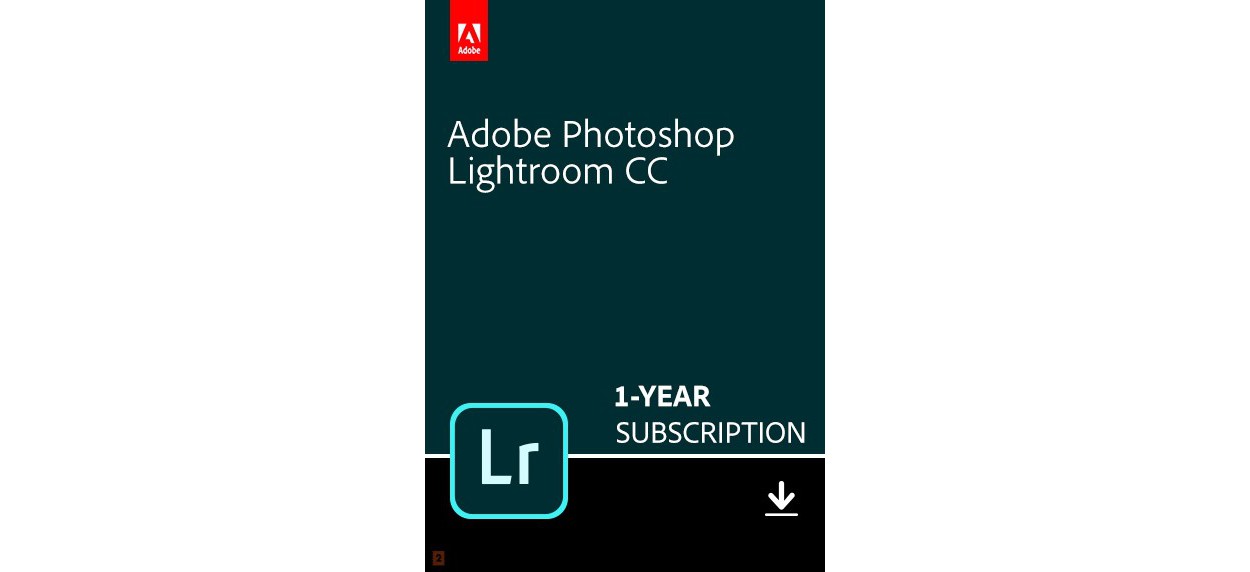

The target audience for Lightroom CC is fairly well definable. But it has limitations that make it difficult for professional use. Both are available in Adobe’s Photography Plan, and you can use them simultaneously.Īs a hint to the verdict, I find it a great tool for managing and editing my off-work photography, as well as smaller jobs. It’s important to note that you don’t have to choose between the two. It also has cloud sync, and a brand new interface, with slightly limited functionality. Lightroom CC offers extensive mobile and tablet support (besides desktop).

Lightroom Classic has been kept as a photo processing and management workstation for use on desktop computers. Lightroom CC was introduced in 2017 when Adobe decided to split up Lightroom into two separate applications.


 0 kommentar(er)
0 kommentar(er)
